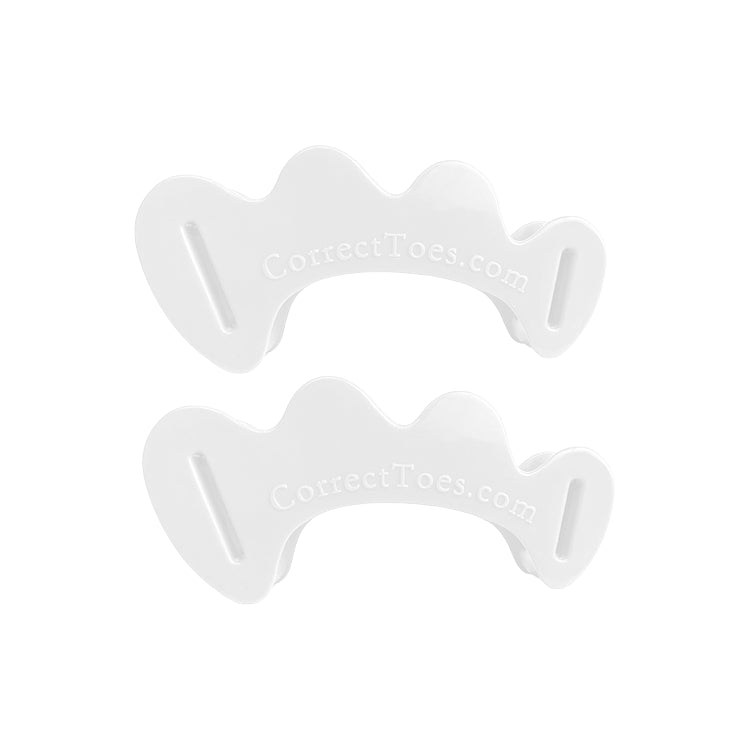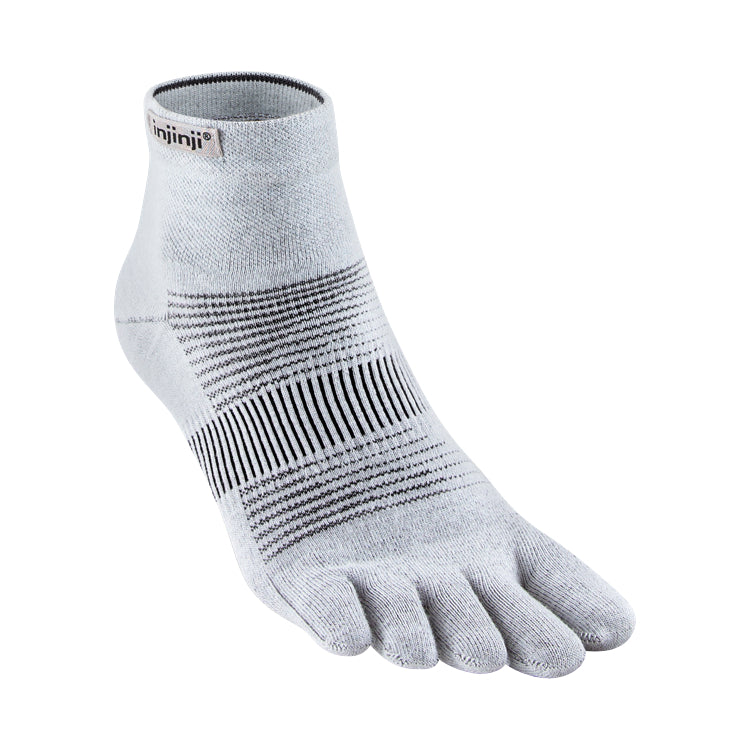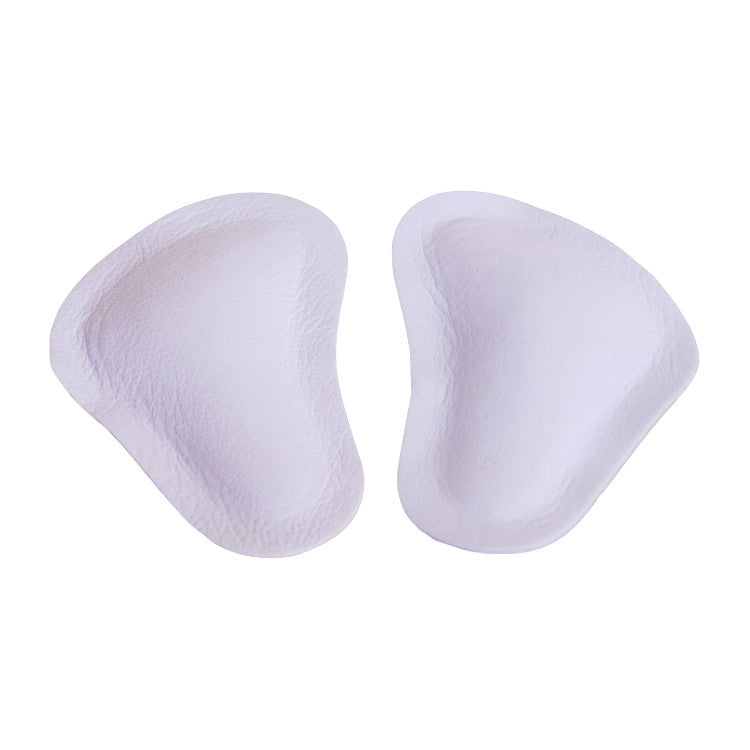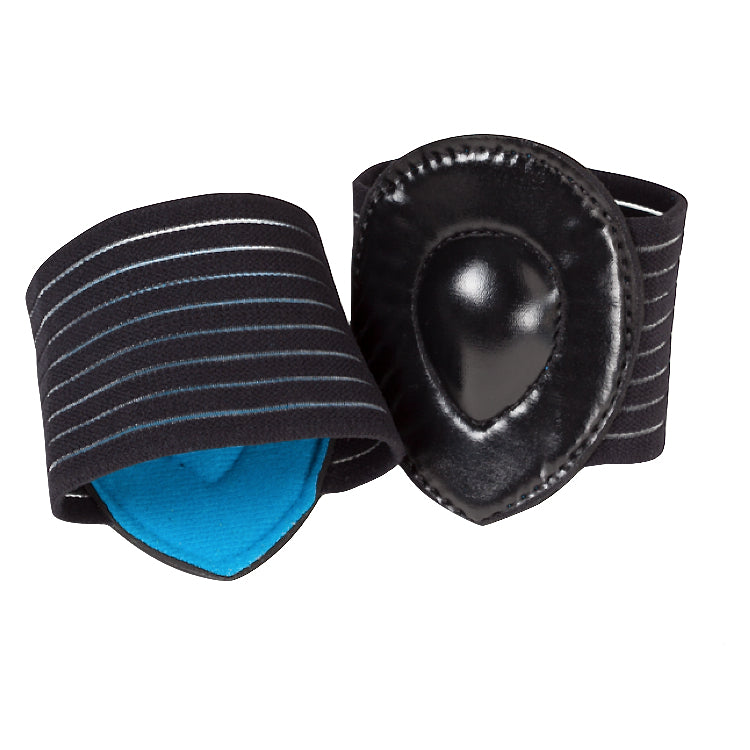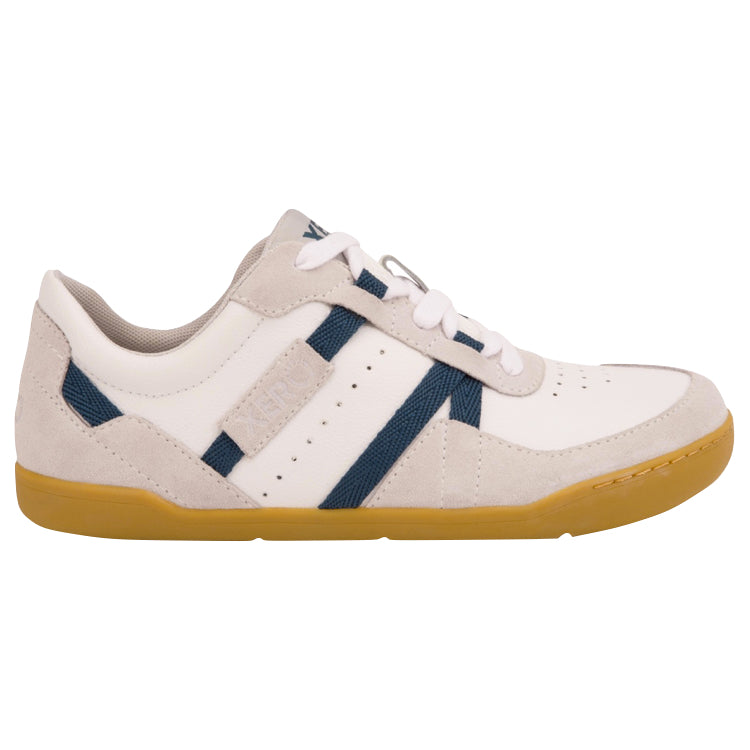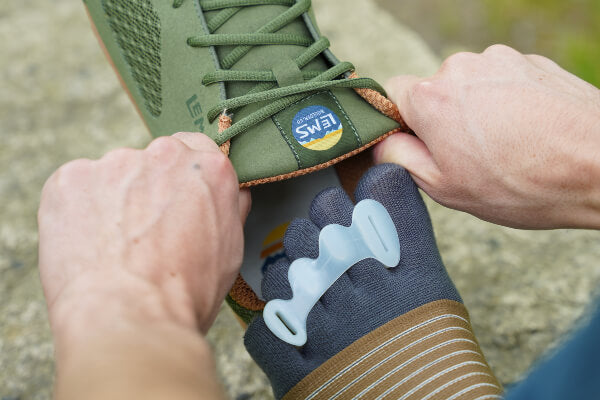
We understand how painful this problem can be and the degree to which it can affect your ability to perform weight-bearing activities. Considering the relatively small size of the sesamoid bones, the discomfort that's sometimes associated with them can have an outsized effect on your well-being and quality of life. Fortunately, we've found that natural treatment approaches can be quite helpful for this problem in many cases. We'll list some conservative care approaches here, but first, a little background on this common foot and toe issue.
Sesamoiditis occurs when the two floating bones beneath the base of the big toe (corn kernel-sized bones called sesamoids) are forced to deviate from their natural position and then become inflamed or irritated. Sesamoiditis is an overuse injury that involves chronic, or long-term, inflammation of the sesamoid bones and the tendons that act on these bones. Conventional footwear plays a prominent role in aggravating the sesamoids and their surrounding structures. Shoes with tapering toe boxes and toe spring can cause the sesamoids to become dislocated, causing dysfunction. When the hallux, or big toe, is properly aligned with the first metatarsal bone, the sesamoids are also properly aligned in their grooves and function as nature intended.
In our experience, we've found the following noninvasive methods to be helpful in resolving sesamoiditis:
-
Shoe Therapy: Wearing men’s or women’s footwear that permits proper toe splay, and therefore a more even distribution of bodyweight across the forefoot, can be a good frontline approach to addressing this problem.
-
Correct Toes: Wearing Correct Toes toe spacers helps enable optimal toe splay and bodyweight distribution across the forefoot and helps the sesamoids track as they should in their designated grooves.
-
Immobilization: Temporarily placing the affected foot in a conventional cast or a removable walking cast can help the injured or irritated tissues rest and recover. Crutches can help reduce the amount of force on the sesamoids and may be helpful in some cases.
-
Taping or Strapping: Taping or strapping the involved toe may help reduce tension on the sesamoid bones.
-
Padding: Adding a special pad inside the shoe can help cushion the sesamoid bones. This pad, called a metatarsal pad, helps return the forefoot fat pad to a position that supports and protects the sesamoids.
-
Physical Therapy (PT): PT is an important treatment measure for sesamoiditis, especially following immobilization. Range-of-motion exercises and ultrasound therapy are among the most commonly used PT modalities for this health purpose.
For more info about natural strategies to address sesamoiditis, we recommend that you check out our blog post called Sesamoiditis: Conventional vs. Natural Approaches. Also, just FYI: Anti-inflammatory medication and cortisone injections are more aggressive approaches for treating sesamoiditis, though they may be necessary in some cases. A foot care professional may also recommend surgery, including sesamoid bone removal, if conservative care measures fail to resolve this health problem.
Of course, it's always important to be evaluated by a foot care practitioner to better understand the underlying nature of the problem and to receive the most personalized care possible. And we always recommend doing so before adopting any active measures intended to address or prevent foot and toe problems, including sesamoiditis. We hope this info helps! Please let us know if you have any follow-up questions.

WANT TO IMPROVE YOUR FOOT HEALTH?
Let the team at Natural Footgear help you! Subscribe to our newsletter for the latest offers and helpful info, and sign up for our FREE email courses on various topics and foot health conditions.
Sign Up →
Want to Improve Your Foot Health?
We are here to help you every step of the way. Get our newsletter for the latest offers and helpful info, and sign up for our FREE email courses on various topics and conditions, including bunions, hammertoes, neuromas, plantar fasciosis, shin splints, ingrown toenails, and more.
Sign Up →
 First things first, the term “metatarsalgia” is a general, or umbrella, term for any cause of pain or discomfort in the ball of the foot. Possible causes of metatarsalgia include neuromas, sesamoiditis, capsulitis, gout, and metatarsal fractures, to name a few among many. Determining the precise cause of the ball of foot pain is important in deciding how to address it. Of course, it's always important to get evaluated by...
Read more
First things first, the term “metatarsalgia” is a general, or umbrella, term for any cause of pain or discomfort in the ball of the foot. Possible causes of metatarsalgia include neuromas, sesamoiditis, capsulitis, gout, and metatarsal fractures, to name a few among many. Determining the precise cause of the ball of foot pain is important in deciding how to address it. Of course, it's always important to get evaluated by...
Read more



